| [1]Chiu DT,Janecka I,Krizek TJ,et al.Autogenous vein graft as a conduit for nerve regeneration.Surgery.1982;91(2): 226-228.
[2]Glasby MA,Gschmeissner S,Hitchcock RJ,et al.Regeneration of the sciatic nerve in rats.the effect of muscle basement membrane.J Bone Joint Surg Br.1986;68(5):829-833.
[3]钱月楼,曾令勇,钱冉,等.肌筋膜管桥接修复面神经缺损的作用[J].中国临床康复,2006,10(21):55-57.
[4]张雁儒.脱细胞同种体神经复合BDNF和CNTF转染BMSCs纤维蛋白胶桥接修复周围神经缺损的实验研究[D].郑州大学博士学位论文,2012.
[5]Sundback CA,Shyu JY,Wang Y,et al.Biocompatibility analysis of poly(glycerol sebacate)as a nerve guide material. Biomaterials.2005;26(27):5454-5464.
[6]Yu TT,Shoichet MS.Guided cell adhesion and outgrowth in peptide- modified channels for neural tissue engineering. Biomaterials.2005;26(13):1507-1514.
[7]Lietz M,Dreesmann L,Hoss M,et al.Neurotissue engineering of glial nerve guides and the impact of different cell types. Biomaterials.2006;27(8):1425-1436.
[8]Zhong H,Chen B,Lu S.Nerve regeneration and functional recovery after a sciatic nerve gap is repaired by an acellular nerve allograft made through chemical extraction in canines. Reconstr Microsurg.2007;23(8):479-487.
[9]Li Z,Peng J,Wang G.Effects of local release of hepatocyte growth factor on peripheral nerve regeneration in acellular nerve grafts.Exp Neurol.2008;214(1): 47-54.
[10]Chiu DT.Autogenous venous nerve conduits.Hand Clin.1999; 15(4):667-671.
[11]Hess JR,Brenner MJ,Fox IK,et al.Use of cold-preserved allografts seeded with autologous Schwann cells in the treatment of a long-gap peripheral nerve injury. Plast Reconstr Surg.2007;119(1):246-259.
[12]dela Monte SM,Bour C,Radhakrishnan W,et al.Effects of cyclosporin A and predegeneration on survival and regeneration of peripheral nerve allografts in rabbits.Surg Neurol.1988;29(2):95-100.
[13]Yu H,Peng J,Guo Q.Improvement of peripheral nerve regeneration in acellular nerve grafts with local release of nerve growth factor. Microsurgery.2009;29(4): 330-336.
[14]Siemionow M,Brzezicki G.Chapter 8: Current techniques and concepts in peripheral nerve repair.Int Rev Neurobiol.2009;87: 141-172.
[15]Lee SK,Wolfe SW.Peripheral nerve injury and repair.J Am Acad Orthop Surg. 2000;8(4):243-252.
[16]Pfister LA,Papaloizos M,Merkle HP,et al.Nerve conduits and growth factor delivery in peripheral nerve repair.Peripher Nerv Syst.2007;12(2):65-82.
[17]Zhang Y,Luo H,Zhang Z,et al.A nerve graft constructed with xenogeneic acellular nerve matrix and autologous adipose-derived mesenchymal stem cells. Biomaterials. 2010; 31(20):5312-5324.
[18]Young RC,Wiberg M,Terenghi G.Poly-3-hydroxybutyrate (PHB):a resorbable conduit for long-gap repair in peripheral nerves.Br J Plast Surg.2002;55(3):235-240.
[19]杨志明.我国组织工程实验研究的发展方向[J].中华实验外科杂志, 2004,21(1):8-9.
[20]Young RC,Wiberg M,Terenghi G.Poly-3-hydroxybutyrate (PHB):a resorbable conduit for long-gap repair in peripheral nerves.Br J Plast Surg.2002;55(3):235-240.
[21]Liu HT,Du YG,He JL,et al.Tetramethylpyrazine inhibits production of nitric oxide and inducible nitric oxide synthase in lipopolysaccharide-induced N9 microglial cells through blockade of MAPK and PI3K/Akt signaling pathways, and suppression of intracellular reactive oxygen species.J Ethnopharmacol.2010;129(3):335-343.
[22]Tan Z.Neural protection by naturopathic compounds-an example of tetramethylpyrazine from retina to brain. J Ocul Biol Dis Infor.2009;2(2):57-64.
[23]Gao C,Feng L,Li YP,et al. Effect of ligustrazine on chronic allograft nephropathy in rats.Transplant Proc.2007;39(10): 3415-3419.
[24]Strauch B.Use of nerve conduits in peripheral nerve repair. Hand Clin.2000;16(1): 123-130.
[25]蒋良福,劳杰.周围神经组织工程研究[J].中华创伤杂志,2003, 19(4):254-256.
[26]王光林,杨志明,解慧琪,等.周围神经组织工程材料的预构[J].中国修复重建外科杂志,2000,14(2):110-114.
[27]Sondell M,Lundborg G,Kanje M.Regeneration of the rat sciatic nerve into allografts made acellular through chemical extraction. Brain Res.1998;795(1-2): 44-54.
[28]Hudson TW,Zawko S,Deister C,et al.Optimized acellular nerve graft is immunologically tolerated and supports regeneration.Tissue Eng.2004;10(11-12): 1641-1651.
[29]Doolabh VB,Tung TH,Wayne Flye M,et al.Effect of nondepleting anti-CD4 monoclonal antibody ( Rib 5P2) plus donor antigen pretreatment in peripheral nerve allotransplantation. Microsurgery.2002;22(8):329-334.
[30]孟庆刚,岳琦,马勇胜.冷冻法与免疫抑制剂法对鼠异体神经移植影响的比较研究[J].中华现代临床医学杂志,2003,1(8): 673-675.
[31]Mosahebi A,Wiberg M,Terenghi G.Addition of fibronectin to alginate matrix improves peripheral nerve regeneration in t issue- engineered conduits.Tissue Eng. 2003;9(2):209-218.
[32]Mackinnon SE,Novak CB. Nerve transfers. New options for reconstruction following nerve injury.Hand Clin.1999;15(4): 643-666.
[33]Porayko MK,Textor SC,Krom RA,et al.Nephrotoxic effects of primary immunosuppression with FK-506 and cyclosporine regimens after liver transplantation. Mayo Clin Proc.1994; 69(2):105-111.
[34]Trumble TE,Shon FG.The physiology of nerve transplantation. Hand Clin. 2000;16(1):105-122.
[35]Ide C,Osawa T,Tohyama K.Nerve regeneration through allogeneic nerve grafts with special regeneracy to the role of the cell basal lamina.Prog Neuro Biol.1990;34(1):1-38.
[36]Gulati AK.Immunological fate of Schwann cell populated acellular basal lamins nerve allografts.Transplantation. 1995;59(11):1618-1622.
[37]武雷,杨俊,秦建强.基底膜与周围神经再生[J].中国临床康复, 2004,8(10):1922-1924.
[38]Dubovy P,Svizenska I,Klusakova I,et al.Laminin molecules in freeze-treated nerve segments are associated with migrating Schwann cells that display the correspondingA6B1 integrin receptor.Glia.2001;33(1):36-44.
[39]Hobson MI,Green CJ,Terenghi G.VEGF enhances intraneural angiogenesis and improves nerve regeneration after axotomy. J Anat.2000;197(4):591-605.
[40]Erba P,Terenghi G,Kingham PJ.Neural differentiation and therapeutic potential of adipose tissue derived stem cells.Curr Stem Cell Res Ther.2010;5(2):153-160.
[41]刘承吉,孙景致,佟晓杰,等.组织工程化天然神经支架的制备[J].解剖科学进展,2003, 9(3):197-200.
[42]衷鸿宾,侯树勋,陈秉耀.灵长类去细胞神经的萃取制备及异体移植后早期神经再生观察[J].中华创伤骨科杂志,2004,6(6) 657-660.
[43]Evans PJ,Mackinnon SE,Midha R,et al.Regeneration across cold preserved peripheral nerve allografts. Microsurgery, 1999;19:115-127.
[44]Yang Z,Zhang Q,Ge J,et al.Protective effects of tetramethylpyrazine on rat retinal cell cultures.Neurochem Int.2008;52(6):1176-1187.
[45]Liu HT,Du YG,He JL,et al.Tetramethylpyrazine inhibits production of nitric oxide and inducible nitric oxide synthase in lipopolysaccharide-induced N9 microglial cells through blockade of MAPK and PI3K/Akt signaling pathways, and suppression of intracellular reactive oxygen species.J Ethnopharmacol.2010;129(3):335-343.
[46]Cheng XR,Zhang L,Hu JJ,et al.Neuroprotective effects of tetramethylpyrazine on hydrogen peroxide-induced apoptosis in PC12 cells.Cell Biol Int.2007;31(5): 438-443.
[47]Kao TK,Ou YC,Kuo JS,et al.Neuroprotection by tetramethylpyrazine against ischemic brain injury in rats. Neurochem Int.2006;48(3):166-176.
[48]Ma L,Liu WK,Zhang YK,et al.Impacts of tetramethylpyrazine on BDNF, bFGF expression and neuron-protection in severe brain injury tissue of rat.Sichuan Da Xue Xue Bao Yi Xue Ban.2008;39(2):207-210.
[49]Chang Y,Hsiao G,Chen SH,et al.Tetramethylpyrazine suppresses HIF-1alpha, TNF-alpha, and activated caspase-3 expression in middle cerebral artery occlusion-induced brain ischemia in rats.Acta Pharmacol Sin.2007;28(3):327-333.
[50]陈增刚,蒋电明,欧云生,等.川芎嗪浓度对大鼠异体坐骨神经玻璃化保存后神经再生影响的实验研究[J].中国修复重建外科杂志, 2009,23(7):868-872.
[51]Akiyama Y,Honmou O,Kato T,et al.Transplantation of clonal neural precursor cells derived from adult human brain establishes functional peripheral myelin in rat spinal cord.Exp Neurol.2001;167(1):27-39.
[52]Fansa H,Lassner F,Kook PH,et al.Cryopreservation of peripheral nerve grafts. Muscle Nerve.2000;23(8):1227-1233.
[53]Krekoski CA,Neubauer D,Zuo J,et al.Axonal regeneration into acellular nerve grafts is enhanced by degradation of chondroitin sulfate proteoglycan.J Neurosci. 2001;21(16): 6206-6213.
[54]范连慧,吴雄飞,余荣杰,等.川芎嗪预处理对大鼠移植肾保护作用的实验研究[J].第三军医大学学报,2004,26(15):1364-1367.
[55]王艳萍,李文兰,范玉奇.川芎嗪药理作用的研究进展[J].药品评价, 2006,3(2):144-146,150. |
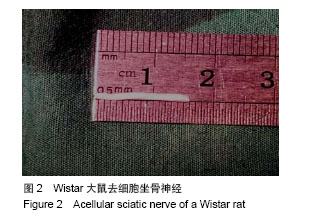
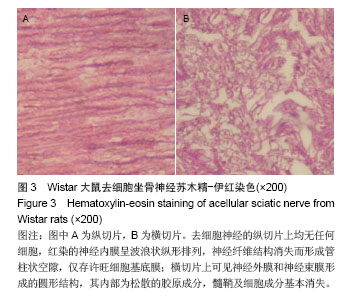
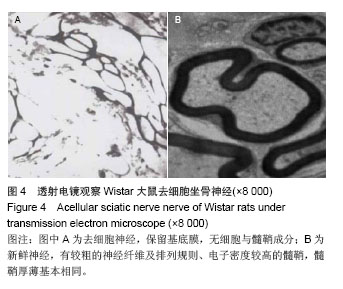
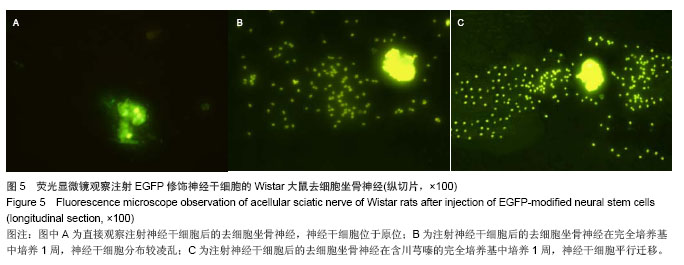
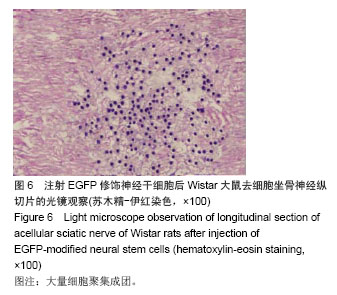
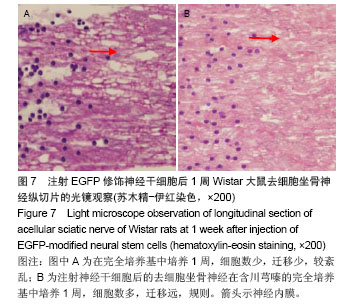
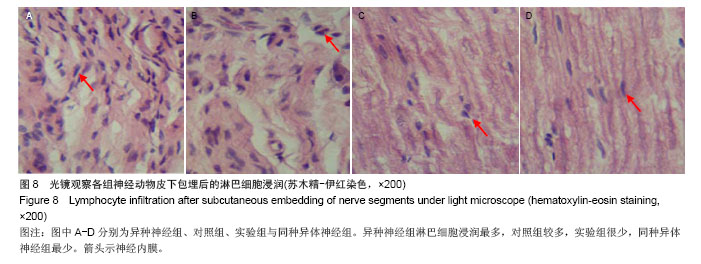
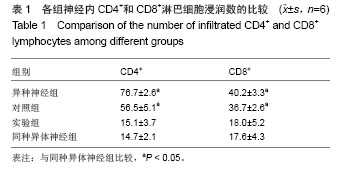
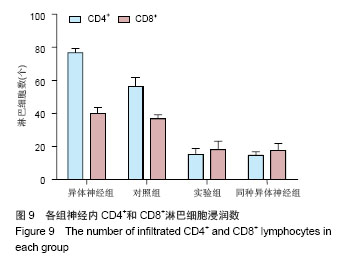
.jpg)
.jpg)